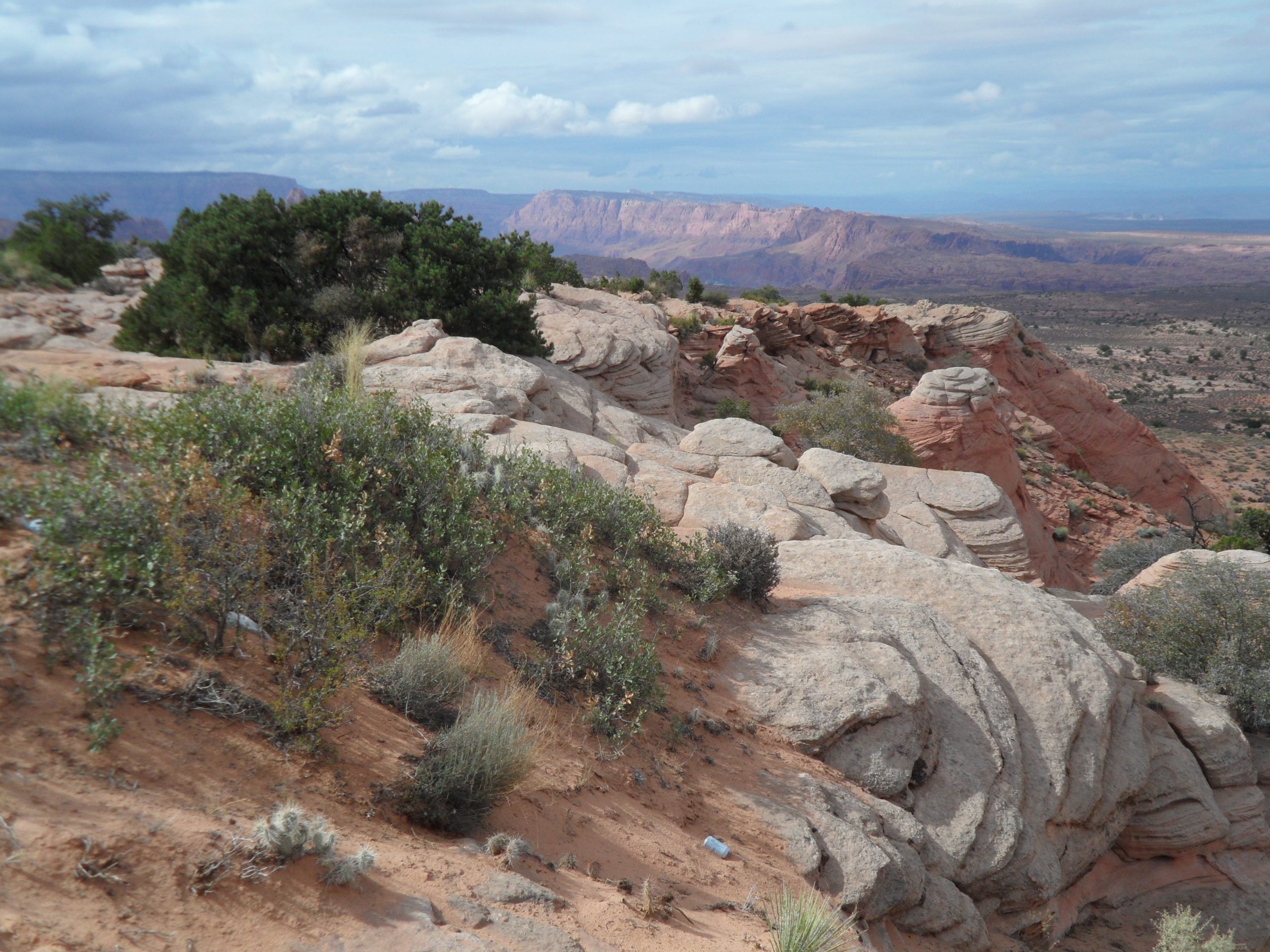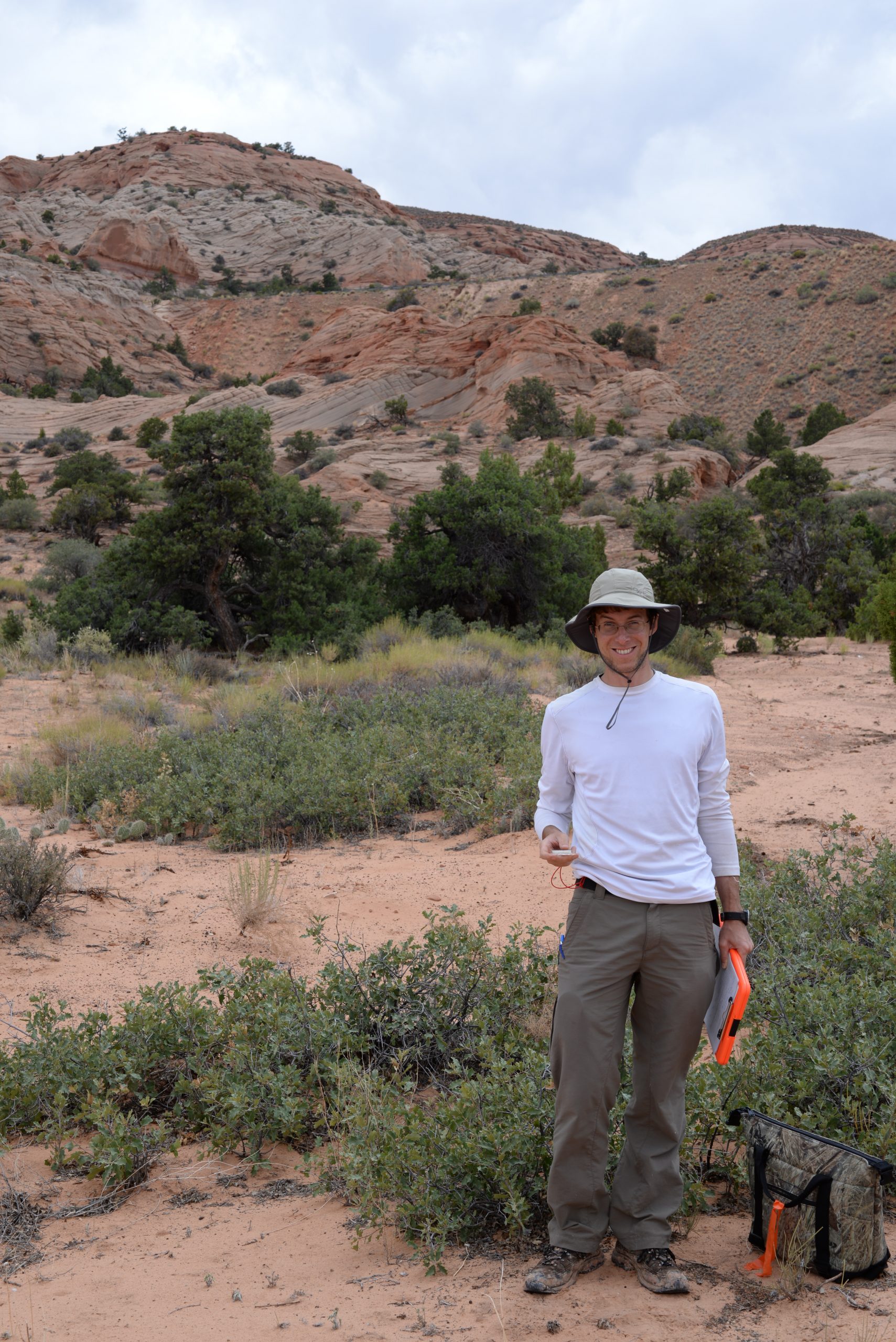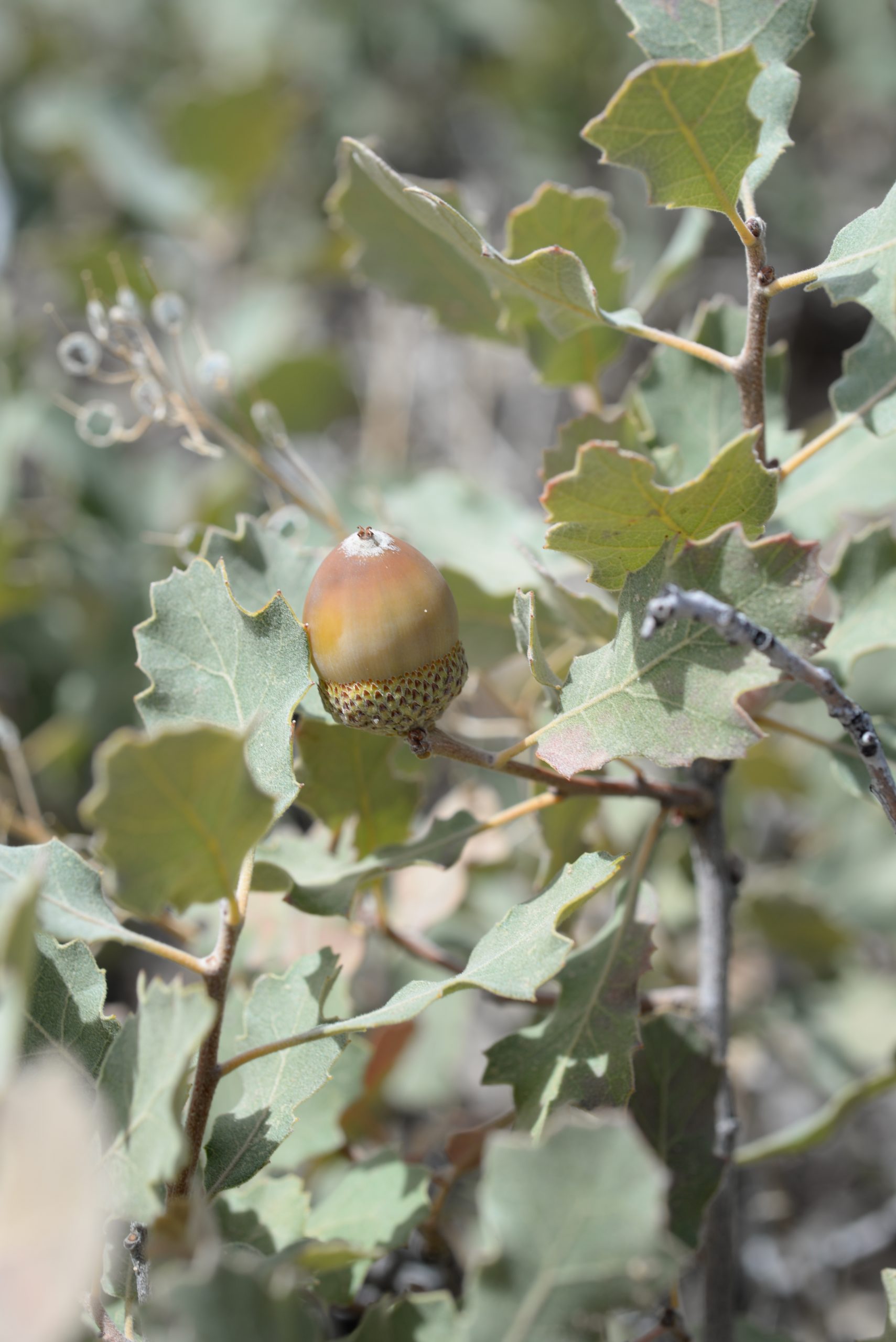Branching Out For Oak Conservation Morton Arboretum
Over 30 percent of tree species globally have seeds and can’t be saved through seed banking – including all oaks. Fortunately, Murphy Westwood, Director of Global Tree Conservation and her team of researchers and collaborators are working towards making the most of living conservation collections to protect these important trees.
As people who love plants, we know that plants, as a rule, are pretty amazing. But some are exceptional. In the world of plant conservation, this means that seed banking is not suitable as a long-term ex situ (off-site, not in the wild) conservation technique for these species. This may be because the seed cannot be dried down (i.e. recalcitrant seed), the seed doesn’t last long in storage, or that reproduction of the species does not provide sufficient seed. Whatever the reasons, other forms of ex situ conservation need to be used to help us save these species: one of the main alternatives to seed banking promoted for tree conservation is the creation of conservation groves, or field gene banks, which capture the genetic variability of wild populations in living plants. Murphy Westwood, Ph.D., Director of Global Tree Conservation, and her team at The Morton Arboretum (and beyond) are working to expand and improve conservation groves of one group of exceptional species, the oaks.
Oaks are in dire straits. The updated IUCN Red List, a internationally recognized list of world’s endangered species, identifies one quarter of our native oak species in the U.S. to be of conservation concern. This number is likely to be much higher in the two global diversity hotspots for oaks – Mexico and Southeast Asia. Westwood and her team are spearheading the global effort to Red List the world’s ~450 oak species and expect to have the assessments complete by the end of the year.
Oaks can be challenging when it comes to managing conservation groves as many require a lot of space, they readily hybridize with other oak species, and though they are popular in gardens, their provenance is not always known. To discuss and address some of these issues, it makes sense to collaborate. Thus one of the things Murphy is working towards is establishing a Conservation Collections Consortium for Oaks for North America.
-

Shinnery oak grows atop a rocky outcrop in Cedar Mesa, UT. Photo credit: Sean Hoban, courtesy of the Morton Arboretum. -

Sean Hoban in the field with shinnery oak (Quercus havardii) in Fall Creek. Photo credit: Sean Hoban, courtesy of the Morton Arboretum. -

A shinnery oak (Q. havardii) acorn from Cedar Mesa, Utah. Photo credit: Sean Hoban, courtesy of the Morton Arboretum.
The consortium includes not just botanical gardens, but crosses sectors. Nursery managers, U.S. Forest Service staff, private collectors all have collections and knowledge, and a desire to contribute to the conservation of oaks. Murphy states that securing a diversity of partners was an important goal, and an exciting aspect, of the initial meeting held this past fall at the International Oak Society Conference, held at UC Davis Arboretum and Public Garden. The idea is to make the group broad and welcome participation at many levels. A small garden could hold a few individuals of one population, whereas a federal or state facility may be able to support hundreds or even thousands of individuals across several species.
While still formalizing the consortium, Murphy and her partners have already identified some tenants, and set to work on some species. Drawing on the CPC’s Best Plant Conservation Practices to Support Species Survival in the Wild, they are outlining their best practices and expectations for participants, and defining what success is going to look like. Not waiting for molecular genetics studies on all species, the group is making an effort to capture the geographical and ecological spread of each species. The collections will be spread across multiple institutions and be available for research, breeding, providing restoration material, and for educational outreach. A conservation collection may have a single institution taking the lead, but consist of 50 or up to 100s of individual trees housed across gardens 100s of mile apart, and even have the possibility of those gardens spreading their portion of the collection more locally to partners such as schools, retirement communities, and other “non-traditional” gardens.
In finding the right number of trees per institution, there is a tradeoff between spreading the risk of damage to any one site and the need to have multiple individuals together. Something that will help with this is using the ‘stud book’ approach towards breeding within the collections (discussed in November 2018 issue). Hopefully, this approach will allow the consortium to maintain a coordinated conservation collection across many institutions through generations without losing the genetic variation of the wild population.
There is much to consider when planting conservation groves, especially, of such long-lived species. And the Consortium is providing great opportunities for research. The Morton Arboretum is a hub of oak research, with the group being one of their flagships. Some of their research, and that at Dawes Arboretum is prompting the group to consider climate change when thinking through host institutions of the conservation groves. Some southern and southeastern species can just about survive in Chicago currently, but in 80-100 years, they may actually thrive there. Some of the species, including Oglethorpe oak (Q. oglethorpensis), Georgia oak (Q. georgiana), and the endangered maple-leaved oak (Q. acerifolia) have already had acorns collected with good representation and are getting a good start in the Morton nursery.
Some of the other research The Morton Arboretum is taking on in conjunction with this project centers on the population genetics of shinnery oak (Q. havardii), a highly clonal oak that ranges across three states in the southwest in fragmented populations. With this research, Arboretum researchers led by Sean Hoban hope to inform the consortium’s strategy to most efficiently represent the geographic and ecological ranges of a species to ensure genetic variability is being captured in a conservation collection.
Through collaboration, we can do more and learn more, to save oaks and other exceptional plants!